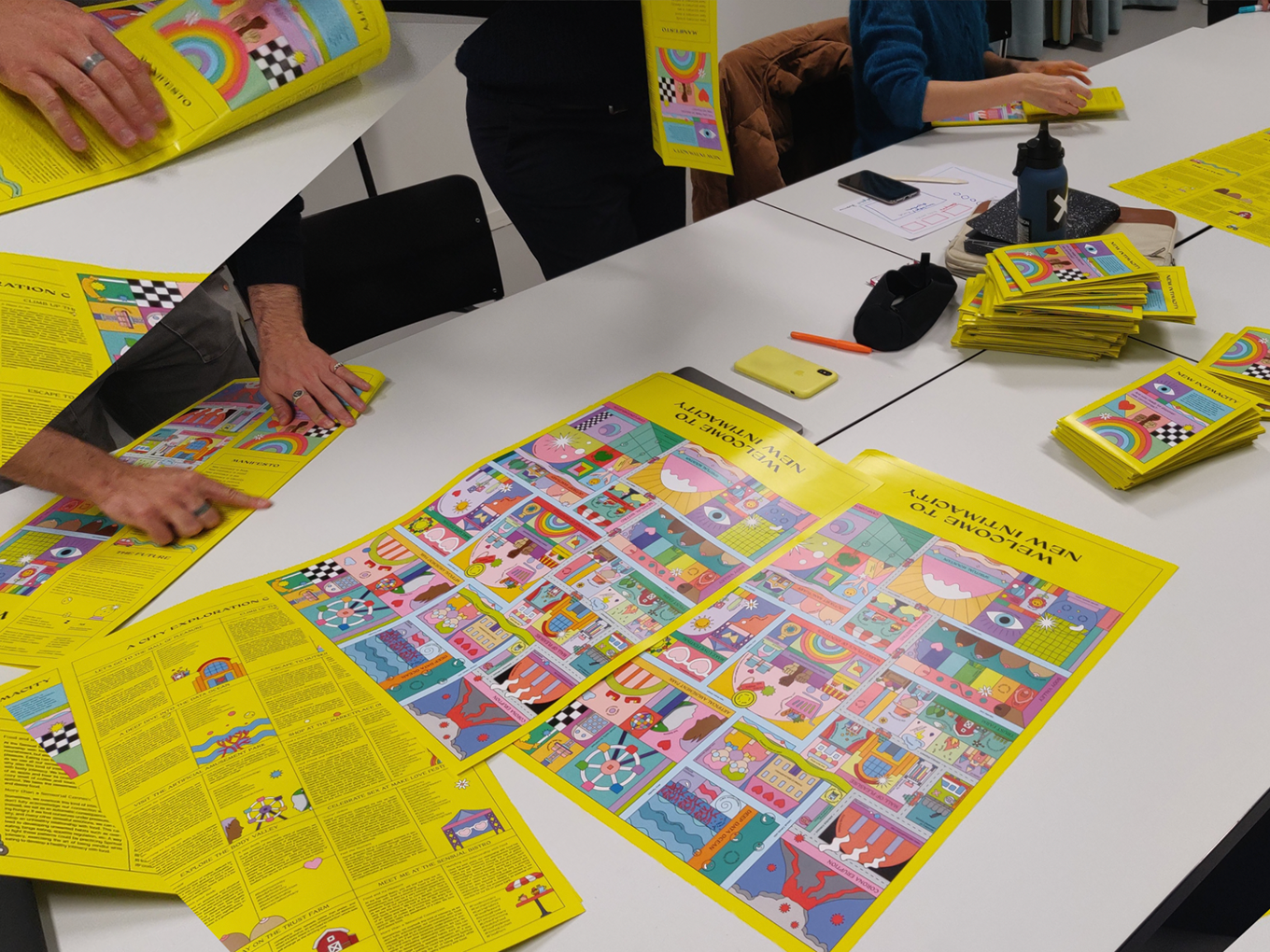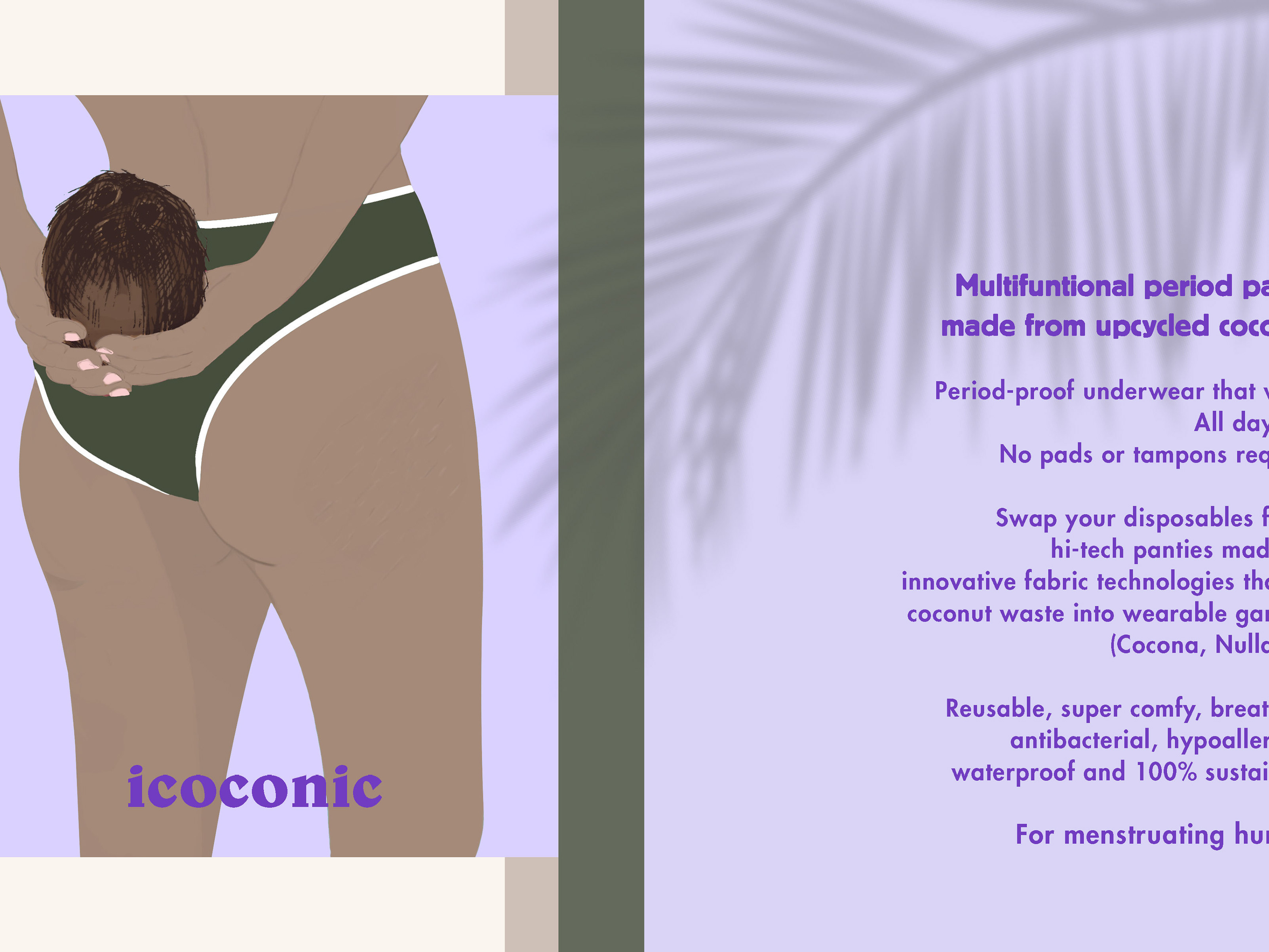Foreword
This thesis explored the topic of nostalgia in marketing and design, fueled by curiosity as to why the pull of the past is so strong with consumers. Research revealed that nostalgia is an extremely complex topic that has undergone various in-depth studies throughout the past decades. Because nostalgia is an emotional experience and is considered a psychological process, it has also become widely popular in advertising strategies, brand communication and product promotion since brands have long recognized the power of psychology in marketing strategies.
This thesis did not nowhere near cover all the aspects and complexities of nostalgia and nostalgia marketing. Nevertheless, it showed an overview of nostalgia as an emotional experience and its benefits for the well-being of human beings. Additionally, by analyzing three case studies, the thesis examined the use of nostalgia in marketing strategies and how brands effectively communicate with consumers to increase brand loyalty by stimulating a person’s nostalgia.
Introduction
Clay Routledge, Ph.D., associate professor of psychology at North Dakota State University states (2013) that nostalgia is the emotional response that is often triggered by reminiscence, the behavior of reflecting on the past. What is more, the feeling of nostalgia is a natural human emotion and occurs in every individual. It influences how we interact with other people, objects, places, experiences, and services (Toledo and Lopes, 2016). Although nostalgia is a universal principle, a nostalgic yearning for the past occurs predominantly during periods of transition (Batcho, 2017).
Originally derived from the ancient Greek vocabulary, nostalgia is a term composed of the two words nóstos (back home) and álgos (pain). Nostalgia is defined as “a sentimental longing or wistful affection for a period in the past“ (Oxford Dictionary, 1998). It is an emotion that connects us to the past and makes us feel comfortable. Described as a bittersweet feeling, emotion, or mood, nostalgia is perceived as a blended emotional experience and creates ambivalent feelings; the sweet remembrance of positive times of the past confronting the bitterness of knowing that these times will never come back. (Batcho, 2018, p. 4, Sedikides and Wildschut, 2017, p. 4).
Designers, advertisers and marketers have long recognized the psychological power and influence of using nostalgia and it is frequently applied to evoke this comfortable feeling in a consumer to ensure brand loyalty. In recent years, there has been an increased attention to nostalgic themes in brand communication, advertising strategies and product management (Holak, Havlena, 1992). According to Foley (2009) many ad executives suggest that nostalgia is the new “New“ when reinforcing the recognition of consumer brands.
What is more, a research conducted by Latour, Ford and Merchant (2013, p. 14) suggested that “nostalgia elicited by advertising was so engaging that it influenced bonding with brand and brand choice“.
Being a universal design principle, nostalgia can be applied to all areas of design. Warnock (2015) wrote: “consumers crave nostalgia“, so given that nostalgia has an overall positive influence on human psychology it is frequently used in the creative industry to build a positive relationship between the consumer and a brand.
Furthermore, a marketing research by Lasaleta, Sedikides and Vohs (2014, pp. 713-729) shows that consumers are willing to spend more money on products or services that create a nostalgic feeling because when cultivating past memories, a social connectedness to other people is created and in such an atmosphere, values and relationships with relatives or companions are seen as more important than money.
Because nostalgia has such a powerful effect on human psychology it has become an increasingly popular way for brands to connect with consumers. This thesis examines the use of nostalgia in design, analyzes and compares three examples from three different design disciplines - advertising, digital product, and physical product - where nostalgia is applied in different ways. Consequently, the thesis argues that using nostalgia is an effective way for brands to connect positively and emotionally with their consumers and to increase brand loyalty.
What was nostalgia?
Originally regarded as a medical condition induced by extreme homesickness, nostalgia was considered debilitating and in some cases even lead to death. The term nostalgia or mal du pays (“homesickness”) was first introduced by Johannes Hofer in 1688 in his Basel dissertation.
It was a condition also known as mal du Suisse (“Swiss illness“) or Schweizerheimweh (“Swiss homesickness“) and included physical and mental symptoms such as anxiety, anorexia, insomnia, nausea, fainting, high fever, indigestion, stomach pain, and sometimes death. It occurred conspicuously often in Swiss mercenaries who were painfully yearning for their native countries while serving in foreign territories. Johannes Hofer regarded nostalgia as a cerebral disease of essentially demonic origin (Werman, 1977).
Aided by observation of French soldiers of the French Revolution, many physicians of the eighteenth and nineteenth century conducted studies to examine the phenomenon of homesickness and its physical and psychological aspects.
By the mid nineteenth century, nostalgia was regarded as a form of melancholia. Since individuals who were diagnosed with melancholia were dealing with mental health issues and predisposed to commit suicide, the condition was considered a symptom or stage of a pathological process rather than a particular disease.
Although the interest in nostalgia as a medical condition almost completely disappeared by the end of the nineteenth century, it was still acknowledged and was generally applied to four marginalized groups: seamen, soldiers, immigrants, and first-year boarding or university students. (Wikipedia, 2018)
What is nostalgia?
A recent study by The National Trust and The University of Surrey proved the physical and emotional benefits of nostalgia by scanning the brains of twenty volunteers while showing them pictures of meaningful places.
The scans showed activity in the Amygdala (a key area for processing emotion), in the Medial Prefrontal Cortex (responsible for activating positive emotions) and in the Parahippocampal (Knapton, 2017).
Over the past three hundred years, the concept of nostalgia evolved from being an mental and physical ailment diagnosed in soldiers (Wikipedia, 2018) to the broader interpretation of “a sentimental longing or wistful affection for a period in the past“ (Oxford Dictionary, n.d.) and a “pleasure and sadness that is caused by remembering something from the past and wishing that you could experience it again” (Merriam-Webster Dictionary, 2014). In short, nostalgia has evolved into a natural, common, and mostly positive emotion (Burton, 2014).
According to Sedikides and Wildschut (2017, p. 2) reminiscing nostalgically has existential implications as it brings the best of our past into present focus. Through increasing social connectedness and augmenting self-continuity nostalgia helps people to find meaning in their lives, acts as a buffer against existential threats and challenges, and contributes to psychological equanimity.
Although experiencing nostalgia is generally considered a predominantly positive experience, Burton (2014) argues that it is also a form of self-deception, as feeling nostalgic is an idealization of the past and keeps one trapped in this romanticized past (Boren, n.d.). In 2001, Boym made a psychological distinction within the concept of nostalgia: restorative nostalgia and reflective nostalgia. Boym describes restorative nostalgia as: “puts emphasis on nóstos (s. Greek meaning: returning home)“; whereas reflective nostalgia suggests dwelling in algós (s. Greek meaning: pain). As these two types of nostalgia are fundamentally different attitudes towards the past their difference determines whether one‘s memories are happy or sad (McDonald, 2016).
Dwelling on the past with a negative attitude, can cause nostalgia become pathological and mentally unhealthy. Furthermore, nostalgia can be divided into two categories: personal and vicarious. Personal nostalgia deals with one‘s actual lived past experiences (Ford, Merchant, Latour, 2013, p. 14), whereas vicarious “deals with a period outside of the individual’s living memory“ evoked by stories, images, and possessions (Goulding, 2002).
From a psychological and sociological view, nostalgia is considered vital for the mental well-being of a human. It counteracts loneliness and feelings of loss. Nostalgic experiences improve happiness and promote self-continuity and self-acceptance. In times of rapid change and transition, nostalgia provides people with reassurance, perspective and direction in life (Xue, 2017, p. 34, Holak & Havlena, 1992, Sedikides, Wildschut, Juhl, Cheung, in press).
















